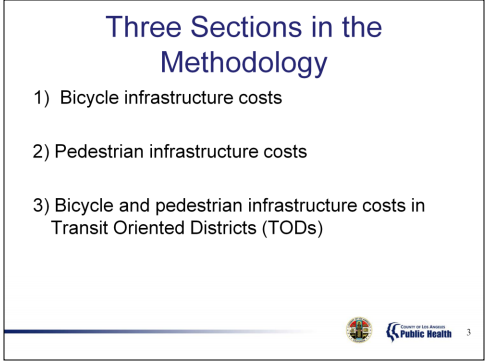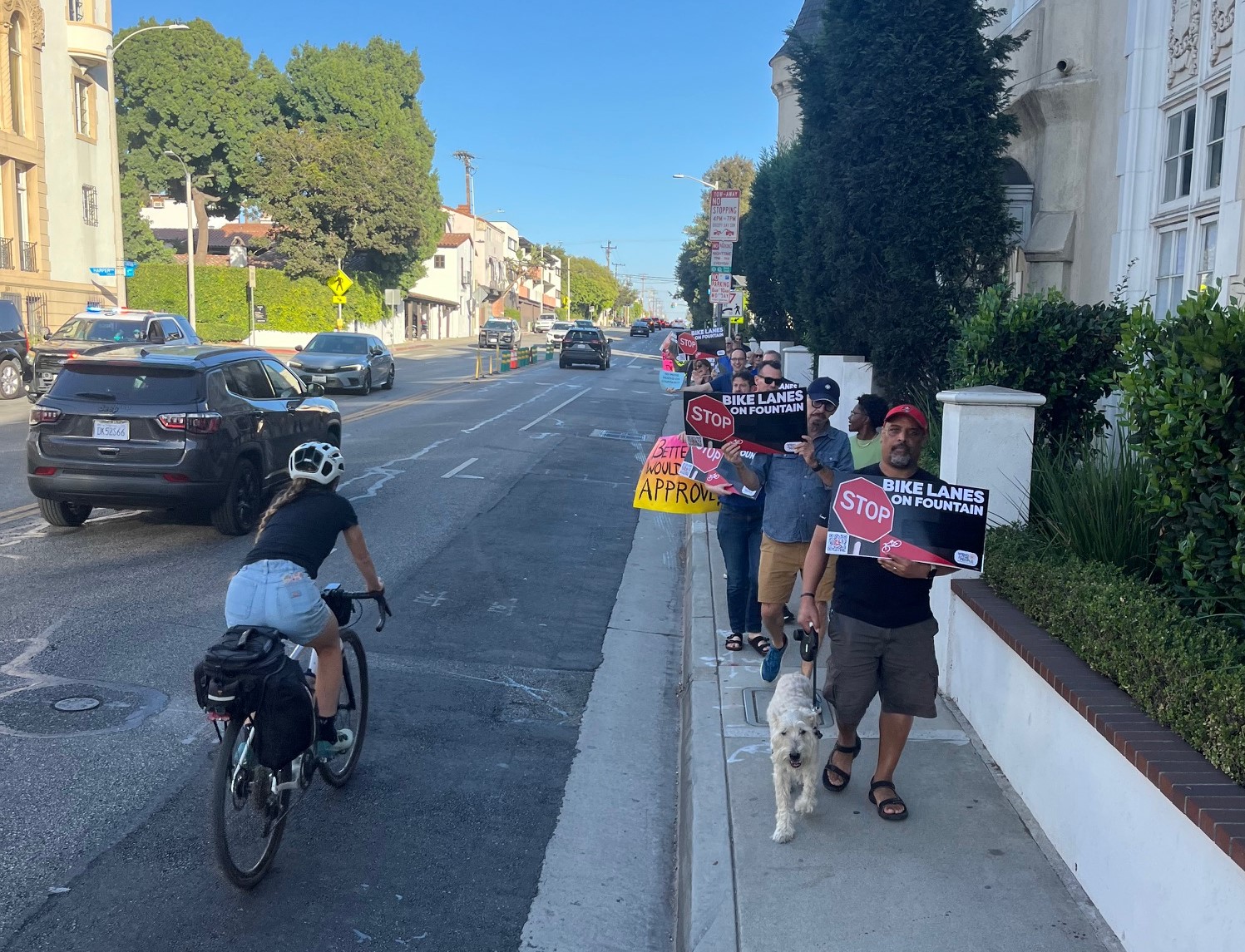(Last week, we covered the surprise announcement from Attorney General Kamala Harris to join a lawsuit against the San Diego Association of Governments' regional plan. If you haven't already done so, you can read that story, here.)
When Attorney General Kamala Harris announced her office was supporing a lawsuit against the allegedly progressive long-term transportation plan passed by the San Diego Association of Governments (SANDAG), it sent ripples through the transportation advocacy community. Harris bluntly claimed that SANDAG can't meet Greenhouse Gas goals set by state law by building highways now and other transportation options later. She also noted the low amount of funding going towards walking and bicycling in the plan.
Locally, activists hope that the Attorney General's decision influences long range planning at the Southern California Association of Governments (SCAG.) The numbers and planning strategies between the SCAG draft plan and the embattled "final" plan at SANDAG are similar enough that the threat of another lawsuit looms large unless the SCAG plan undergoes some changes.
The SANDAG plan sets aside $2.5 billion for active transportation over the next thirty eight years out of a $214 billion dollar plan for the region. That's roughly 1.2% of the program for bicycle and pedestrian projects combined. But SCAG's number is even lower. The local Long Range Plan allocates allocates $6 billion dollars for active transportation, 1.1% of the total $524.7 billion.
Safe Routes to School California leads the charge to increase the amount of funding for active transportation in the SCAG plan. A recent post on their website encourages people and organizations to sign-on to a letter urging SCAG to increase the active transportation portion of the budget to five to eight percent of the budget, not 1.1%.

The SRTSCA ask isn't just a random number. The Los Angeles County Department of Public Health estimates that the funding need to create an adequate bicycle and pedestrian network in the six-county SCAG area is actually $40 billion, or 7.6% of the SCAG Long Range budget.
SCAG and SANDAG both wrote plans that allocated an impressive amount of resources towards transit expansion. But each plan has a catch, the funds for transit are allocated at the end of the plan with highway funding coming at the start of the plans.
In the press release announcing her action supporting local lawsuits against the SANDAG plan, Harris notes that the SANDAG plan actually leads to an increase in greenhouse gases, the very thing these plans are supposed to battle, after 2020. She then lays the blame for that increase at the feet of SANDAG's addiction to more highway projects.
While greenhouse gases initially decrease in the plan, the EIR shows that after 2020, driving miles will increase and overall greenhouse gas emissions from driving will continue to increase at least until 2050.
The transit plan also prioritizes expanding or extending freeways and highways in its early years, largely deferring investment in public transit projects, such as transit, bicycle and foot paths, when funds may not be available.
The news is similar for the SCAG draft plan. From the Safe Routes to Schools California blog (emphasis mine):
The SCAG RTP allocates $6 billion for active transportation. However, $4.8 billion or 80 percent of this funding is not available until after 2026. In addition, for the years 2016-2025 the funding for active transportation will be half of what it is currently on an annual basis.
If you want to be involved in changing the SCAG plan, you could sign-up with the Safe Routes to School California's letter campaign, or submit comments on your own or email comments by February 14 to RTP@scag.ca.gov.







